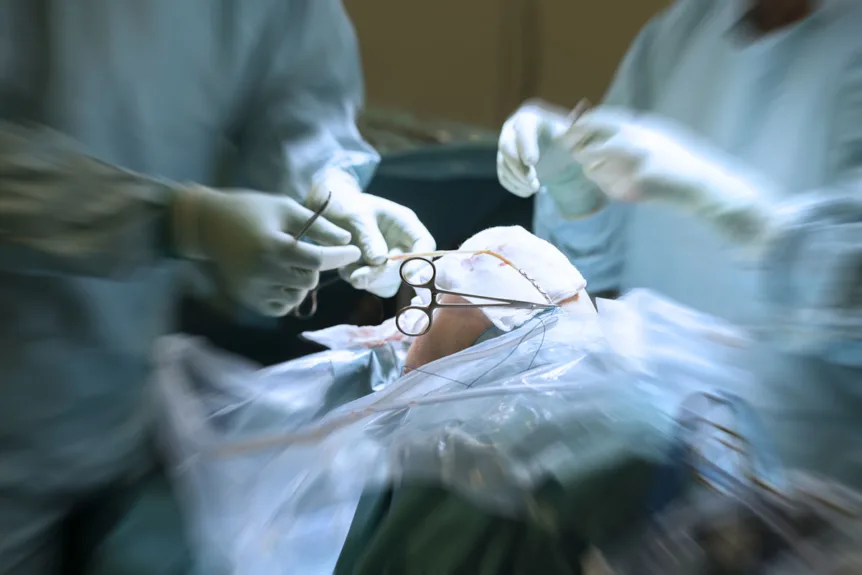One of the most common questions posed by helicopter pilots after undergoing Anterior Cruciate Ligament (ACL) reconstruction surgery is, “How long do I have to wait before I can return to flying?” This concern is not only related to personal eagerness but also to the safety of the pilot and passengers. While there are studies available on the timeline for returning to driving post-ACL surgery, the specifics for flying, especially piloting a helicopter, might differ.
Understanding ACL Reconstruction Surgery
The Anterior Cruciate Ligament (ACL) is one of the four primary ligaments in the knee that provides stability. An injury to the ACL can severely impact a person’s mobility and strength. ACL reconstruction surgery involves replacing the torn ligament with a graft to restore its function. The surgery’s success largely depends on the surgeon’s expertise, the quality of the graft, and post-operative care.
Return to Driving After ACL Surgery
According to a study on returning to driving post-ACL reconstruction, Brake Reaction Time (BRT) returned to normal values approximately 4 to 6 weeks after right-sided ACL reconstruction and approximately 2 to 3 weeks after left-sided ACL reconstruction. For those driving manual transmission vehicles, the study suggests a 4- to 6-week waiting period regardless of which knee underwent surgery. This timeline is crucial as delayed reaction times can lead to accidents, endangering the driver and others on the road.
Translating Driving Recovery to Flying
While driving and flying both involve operating machinery, the demands and responsibilities differ significantly. Helicopter piloting requires a higher degree of coordination, reflexes, and physical fitness. The controls in a helicopter are sensitive, and pilots must be in top physical condition to ensure safety. Additionally, the consequences of a mistake while flying are far more severe than while driving.
Considering the recovery timeline for driving, one might assume a similar or slightly extended period for returning to flying. However, it’s essential to consult with a medical professional and the aviation authority before making any decisions.
Factors Influencing Return to Flying
- Physical Therapy: Post-surgery rehabilitation plays a crucial role in recovery. Regular physical therapy can expedite the healing process and restore strength and mobility faster.
- Type of Aircraft: Different helicopters have varying control sensitivities. The type of aircraft might influence the recovery timeline.
- Individual Recovery Rate: Every individual’s body heals at its own pace. Some might recover faster than others, depending on their overall health and fitness level.
- Medical Clearance: Before returning to flying, pilots must obtain medical clearance to ensure they meet the physical requirements of piloting a helicopter.
- Psychological Readiness: Apart from physical recovery, a pilot’s mental state is equally important. Confidence, focus, and mental alertness are crucial when piloting an aircraft.
Recommendations for Pilots
While the urge to return to the skies might be strong, safety should always be the top priority. Here are some recommendations for pilots post-ACL reconstruction surgery:
- Engage in regular physical therapy to expedite recovery.
- Consult with an orthopedic surgeon about the specific timeline for returning to flying.
- Seek medical clearance and ensure all physical requirements are met before piloting a helicopter.
- Consider simulator training to regain confidence and coordination before actual flying.
- Stay updated with aviation regulations and guidelines related to health and fitness requirements.
Err on the Side of Caution
Returning to flying a helicopter after ACL reconstruction surgery is a decision that should be made with utmost caution. While studies on driving post-surgery provide some insights, the demands of piloting a helicopter are significantly higher. It’s imperative to prioritize safety, consult with medical professionals, and obtain the necessary clearances before taking to the skies again. With the right approach and adherence to guidelines, pilots can ensure a safe and smooth return to their passion.
